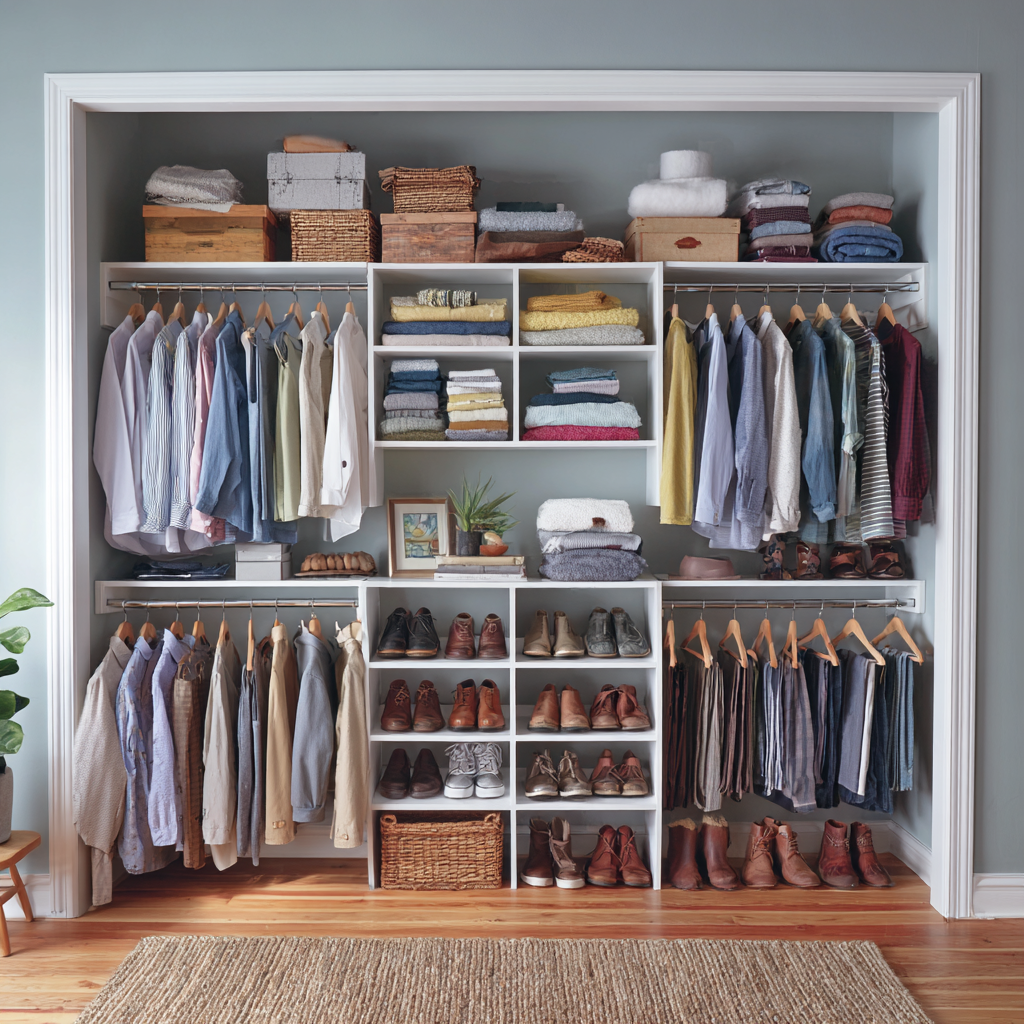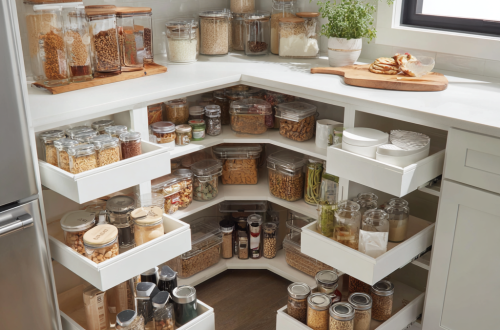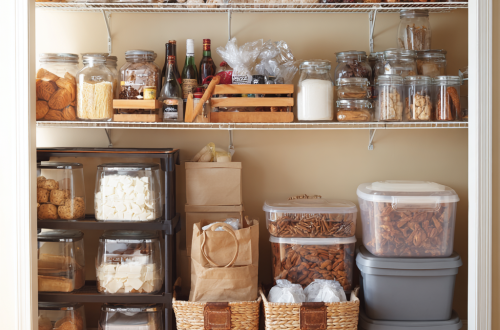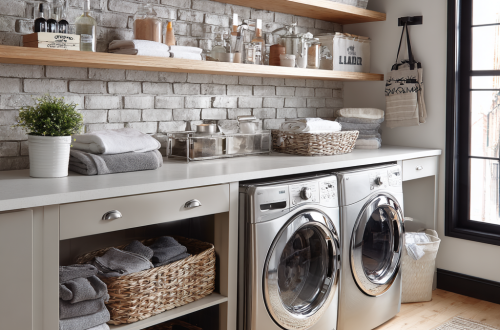Closet Organization Ideas: Transform Your Space for Maximum Efficiency
Closets. We all have them, and we all struggle with them. Whether it’s the dreaded morning outfit scramble or digging through a heap of mismatched shoes, closet chaos is a universal frustration. But here’s the good news: with a few clever tweaks and a little patience, your cluttered closet can become a peaceful, practical, and even pretty space you actually enjoy using.
No matter the size—from a luxurious walk-in to a humble reach-in—these organization techniques will help you make the most of every square inch. Let’s dive into the ultimate guide for transforming your closet into a streamlined haven of style and function.
Why Closet Organization Matters
Saves Time
An organized closet is a time-saving machine. Instead of digging through piles or re-ironing wrinkled shirts you found balled up in the back, everything you need is front and center. Organized spaces mean faster mornings, less stress, and more time to savor that second cup of coffee.
Maximizes Space
Even the smallest closet can feel surprisingly spacious with the right storage tools and setup. Double rods, slim hangers, and vertical storage can unlock space you never knew you had.
Keeps Items in Good Condition
When your clothes and accessories have designated spots, they’re less likely to get wrinkled, tangled, or forgotten. Proper storage preserves the life of your wardrobe, from keeping shoes dust-free to ensuring your favorite dress doesn’t end up misshapen on a hanger that’s too wide.
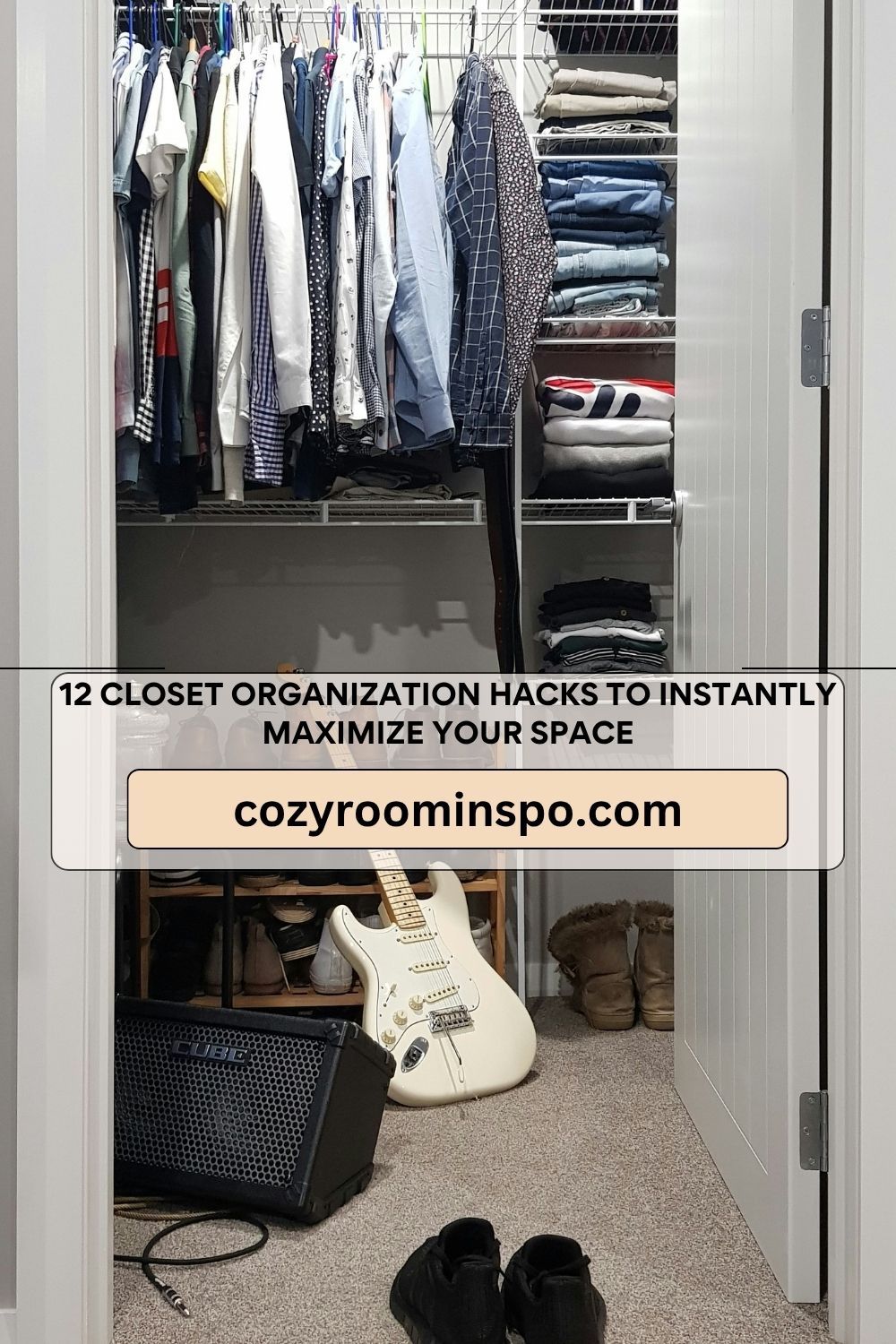
1. Declutter Before You Organize
Before you buy a single storage bin or dream about custom shelving, do the one thing that truly transforms a closet: declutter. Go item by item and ask yourself:
- Does this fit me right now?
- Have I worn this in the past year?
- Would I be excited to buy this again?
If the answer is “no” to any of those questions, it’s time to let it go. Create three piles: keep, donate, and toss. Be honest and generous with yourself—and your space.
Once you’ve cleared the clutter, consider donating gently used pieces to a local shelter or reselling high-quality items online. Not only are you gaining physical space, but you’re also giving your clothes a second life with someone who might love them even more than you did.

2. Categorize Your Clothes
Now that you’ve narrowed down your wardrobe to what you actually wear, it’s time to categorize. First, separate your clothing by type: shirts, pants, dresses, jackets, and so on. This basic system makes it easier to locate pieces quickly.
Then, take it a step further and sort each category by color. This not only gives your closet that magazine-worthy look but also helps you identify what you need more (or less) of. Do you have six white T-shirts but no decent black ones? Color coordination makes that clear at a glance.
You can also organize by occasion or frequency of use. Keep your go-to work outfits within easy reach and stash your formalwear or vacation clothes higher up or farther back. Creating clear categories prevents the dreaded closet avalanche and keeps you dressed and out the door faster.

3. Use Space-Saving Hangers
The type of hanger you use matters more than you think. Bulky plastic hangers take up unnecessary room, and wire hangers? They do your clothes zero favors.
Instead, switch to slim velvet hangers. They’re space-efficient, keep garments from slipping, and add a luxurious uniform look to your closet. You’ll be amazed at how much extra room you get just by making this swap.
For even more efficiency, invest in multi-tiered hangers. These are perfect for pants, skirts, and scarves, letting you hang multiple items on a single hook. You can even find cascading hooks that let hangers hang from each other vertically—a dream solution for tiny closets.
The goal here is simple: maximize hanging space while keeping clothes in tip-top shape.

4. Maximize Vertical Space
Don’t let all that glorious vertical space go to waste! Most closets come with a single rod and maybe a shelf on top. But with a little creativity, you can double or even triple your storage capacity.
Start by adding a second hanging rod beneath the first one for shorter items like shirts and pants. This instantly creates a double-decker system. No tools? No problem. There are tension rods and hanging organizers that work without drilling.
Next, look up. Install overhead shelving to store things you don’t use daily: off-season clothing, special occasion shoes, or keepsake items. Use labeled bins or baskets to keep it tidy and easy to access.
Don’t forget the closet doors either—they’re great for hanging hooks or over-the-door organizers.

5. Add Storage Solutions
Now let’s talk accessories. You need storage tools that make your closet work for you. That means:
- Drawer Dividers: Perfect for corralling socks, underwear, jewelry, and even ties. No more digging through a tangled drawer!
- Bins and Baskets: Use stackable or labeled bins for bulkier items like hoodies, workout clothes, or accessories. Choose bins that match or coordinate to keep the space feeling cohesive.
- Shoe Racks: Don’t just pile your shoes on the floor. Shoe racks or cubbies make it easier to find your favorites and keep them in good shape.
If you’re dealing with a tiny closet, get creative: rolling carts, hanging shelves, or under-bed storage bins can take some of the load.

6. Incorporate Hooks and Pegs
Hooks are your best friends when it comes to organizing odds and ends. Install wall hooks on any unused space: closet sides, back of the door, or even on shelves.
Use them for:
- Bags and purses
- Hats and caps
- Belts and scarves
- Umbrellas
Want to take it up a notch? Install a pegboard for your jewelry or smaller accessories. It adds style, function, and makes it way easier to choose the perfect statement necklace when you’re rushing out the door.

7. Use Clear Storage for Visibility
If you’ve ever bought the same belt twice or lost track of a favorite scarf, you know the struggle. The fix? Clear storage containers.
Use see-through bins for seasonal items like gloves or swimwear so you always know what’s inside. Transparent shoe boxes protect your footwear from dust and scuffs without hiding them away.
This method eliminates the guesswork and helps keep things orderly, especially in high-traffic closets shared by couples or families.

8. Label Everything
Labeling is the unsung hero of long-term organization. With bins, baskets, and drawers all labeled clearly, there’s no excuse for things getting tossed haphazardly.
Try:
- Labeling by clothing type (“T-Shirts,” “Workout Gear”)
- Color-coding by person or season
- Using label holders or adhesive chalkboard labels for flexibility
Trust me, this one small step can keep your closet looking sharp all year long.

9. Rotate Seasonal Items
There’s no need to keep your winter boots and heavy coats in prime closet real estate during the peak of summer. Rotate seasonal items to keep your closet lean and relevant.
Store out-of-season clothes in vacuum-sealed bags or clear containers and keep them on a high shelf or under the bed. Make it a seasonal routine to switch out accessories too—scarves, bags, and hats should all follow the weather.
This not only makes your closet feel more open but also keeps your clothing fresh and ready when you need it.

10. Optimize Lighting
Good lighting can change everything. If your closet feels like a black hole, you’re less likely to keep it tidy or find what you need.
Add battery-powered LED strips or motion-sensor puck lights to shelves and hanging areas. They’re affordable, renter-friendly, and make a huge difference in visibility.
A well-lit closet isn’t just more functional—it’s more inviting. You’ll actually want to put things back where they belong.

11. Personalize Your Closet
Even small closets deserve a little personality. Add decorative touches that make you smile: patterned drawer liners, chic knobs on closet doors, or pretty bins.
Hang a mirror on the back of the door or inside the closet for outfit checks and a sense of added space. Use wallpaper or a pop of paint on the inside walls for unexpected charm.
When you enjoy the space, you’re more likely to keep it clean and clutter-free.

12. Invest in a Closet System
If your budget allows, a custom closet system can be life-changing. These modular units let you mix and match shelves, drawers, rods, and cubbies to fit your specific needs.
Many brands offer systems for all budgets and skill levels. Whether you’re hiring a pro or going the DIY route, these systems turn basic closets into organized powerhouses.
Even simple upgrades like adjustable shelving or a shoe wall can dramatically improve how your closet functions.

FAQs About Closet Organization
How often should I reorganize my closet?
At least twice a year—ideally during seasonal transitions.
What’s the best way to store shoes?
Use clear boxes, cubbies, or shoe racks. Keep current-season shoes easily accessible.
How can I maximize a small closet?
Think vertical! Use slim hangers, double rods, hanging organizers, and hooks.
Are custom closet systems worth it?
Yes—especially if you have specific storage needs or want to increase home value.
How do I keep my closet organized long-term?
Stick to a system, return items to their place, and declutter regularly.
Conclusion
Closet organization isn’t just about aesthetics—it’s about creating a smoother daily routine, protecting your wardrobe, and reclaiming your peace of mind. With these practical tips and tools, you’ll turn your closet from a cluttered catch-all into a clean, curated space that works for you.
Take it step by step. Purge, sort, hang, label, and personalize. Before you know it, you’ll be opening your closet doors with a smile—not a sigh.
